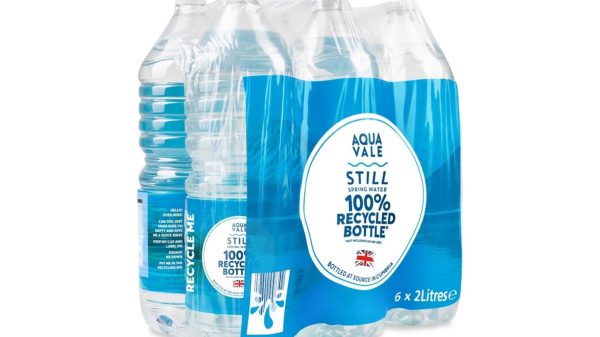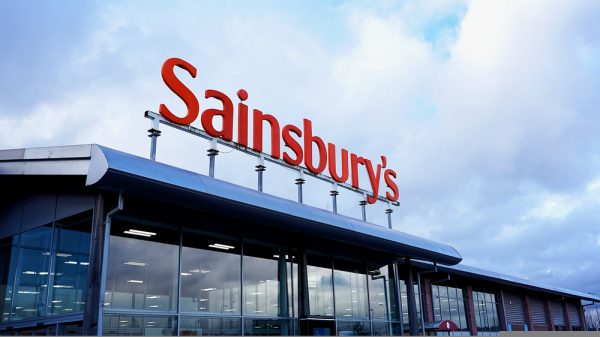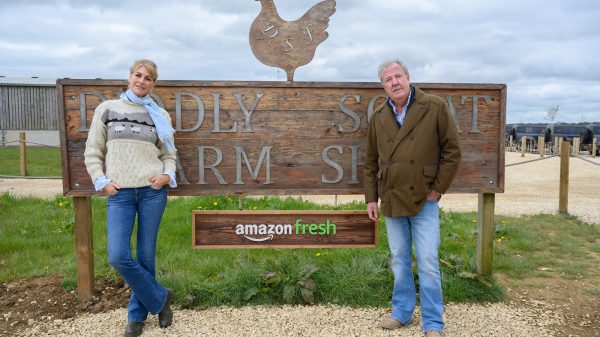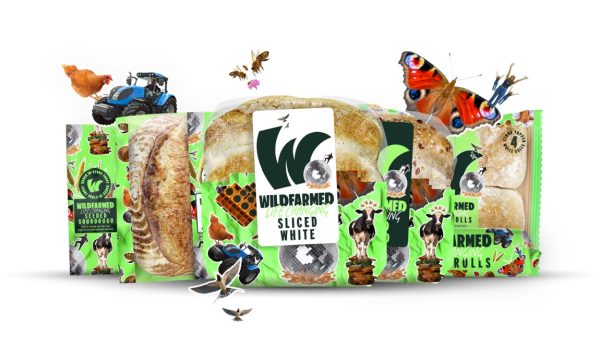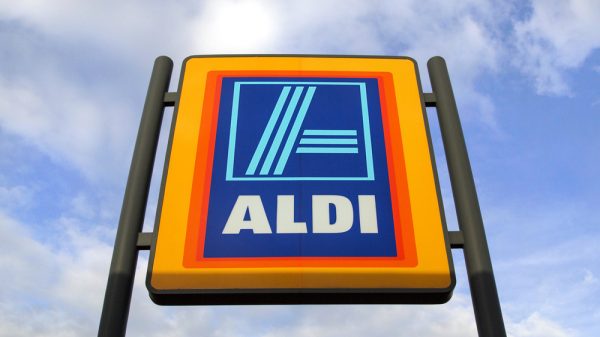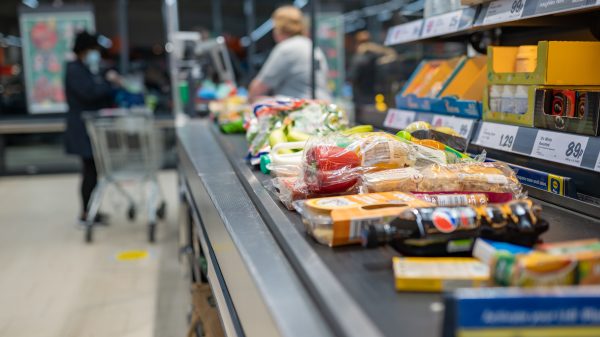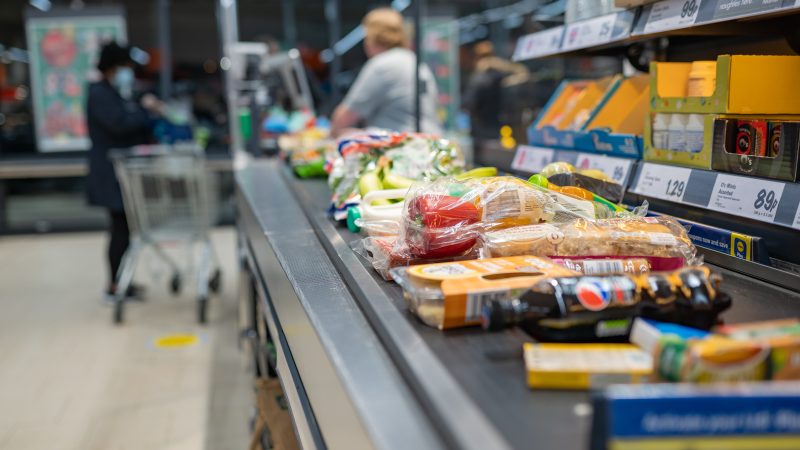Supermarkets are being accused of leaving shoppers “struggling” to find the best deals and missing out on potential savings, according to data uncovered by the latest Which? investigation into the grocery market.
Experts at Which? said that supermarkets are “letting shoppers down” by using inconsistent price labels, which make cheap deals harder to find.
Confusing price structures and a lack of standardised unit pricing on groceries and shelf-edge labels means that consumers often find it hard to work out which are the cheapest deals. It’s generally believed that bigger packs mean better value, but that’s not always the case and “unclear, inconsistent or absent” labels do not make that easy to understand.
Which? tracked the prices of ten popular grocery lines including Coca-Cola, own-label semi-skimmed milk, Dairy Milk chocolate, Nescafe instant coffee and Weetabix, across Tesco, Asda, Sainsbury’s and Morrisons.
READ MORE: Iceland launches value essentials range in latest bid to tackle rising food prices
It found that Tesco sold 17 different sizes of Coca-cola with prices ranging between 11p and 50p per 100ml; almost three and a half time more per unit. The price of a100g portion of Walkers Ready Salted Crisps at Asda varied from 57p to £1.89 – more than twice as much.
The price of a pint of milk – which recently topped £1 at Sainsbury’s – was also subject to confusion, with the price per 100ml of own-brand semi-skimmed milk at Morrisons sitting between 6p and 13p, depending on the pack size. (A pint of milk is equal to 568ml.)
Which? also found that it was difficult to compare prices across seemingly standardised lines such as fruits and vegetables, because supermarkets list the prices as per pack, per 1kg or even per 1,000g.
Which? said there were also numerous examples of pricing where the original price per unit was clearly displayed but unit pricing for a special offer, multibuy promotion or other reduction was not available. Other pricing information was hard to read or missing entirely.
Which? head of food policy Sue Davies said: “At a time when food prices are a huge concern, unit pricing can be a useful tool for shoppers to compare and choose the cheapest groceries but unclear supermarket pricing means the vast majority of people are left struggling to find the best deal.”
“Small savings can add up and make a big difference but unless supermarkets make unit pricing much more prominent, legible and consistent – as well as displaying it on their promotional offers – people will continue to risk missing out on getting the best value.”
Click here to sign up to Grocery Gazette’s free daily email newsletter

